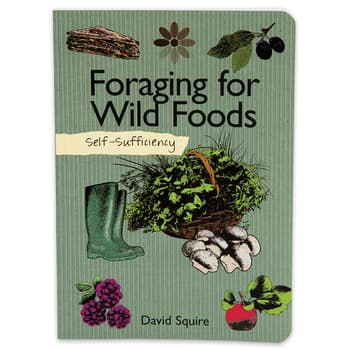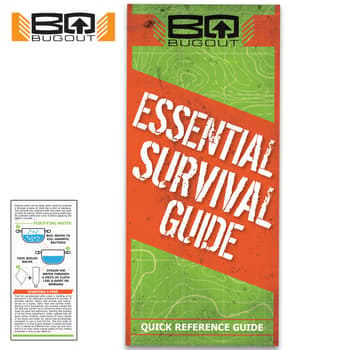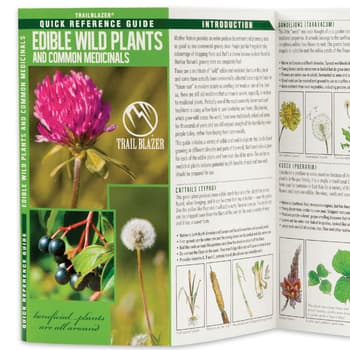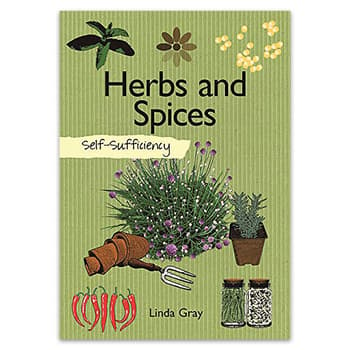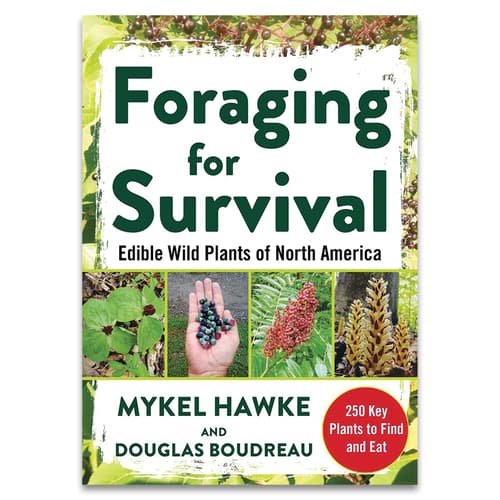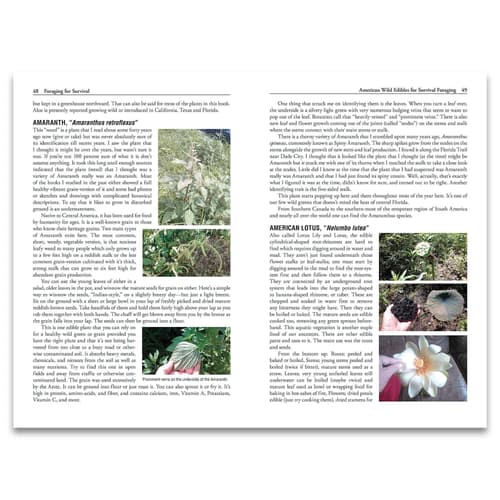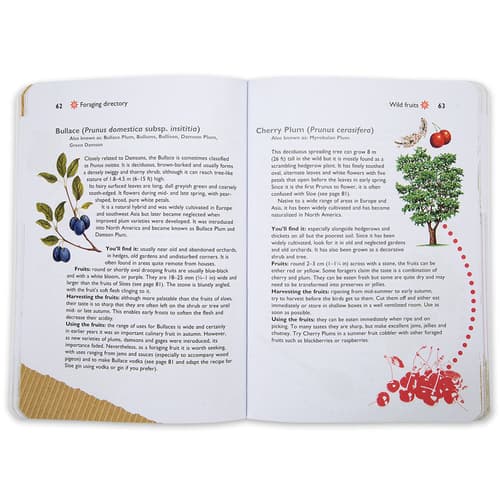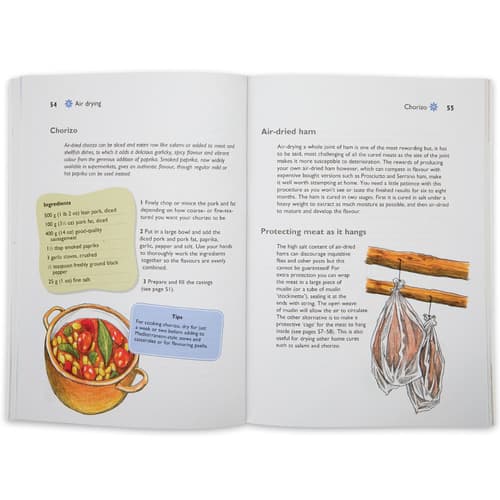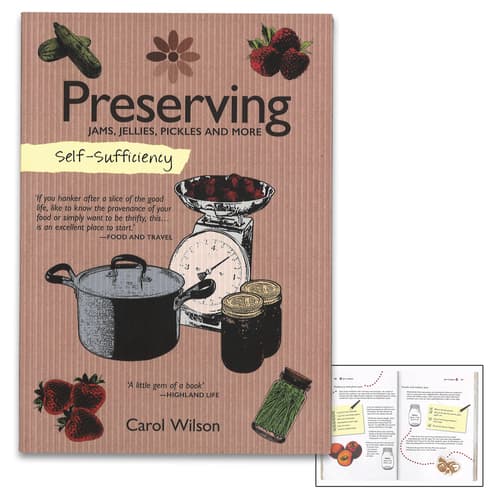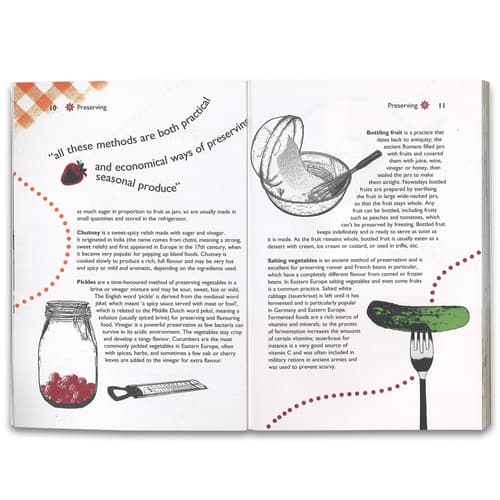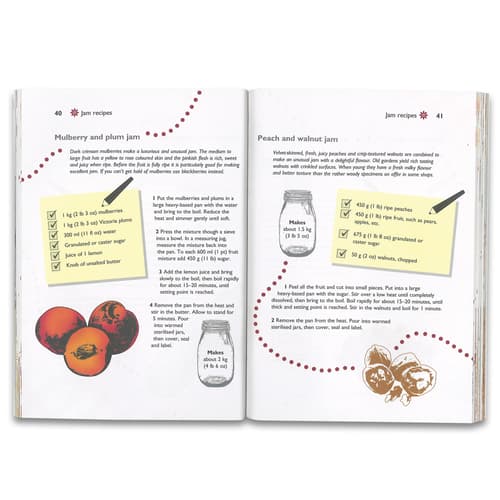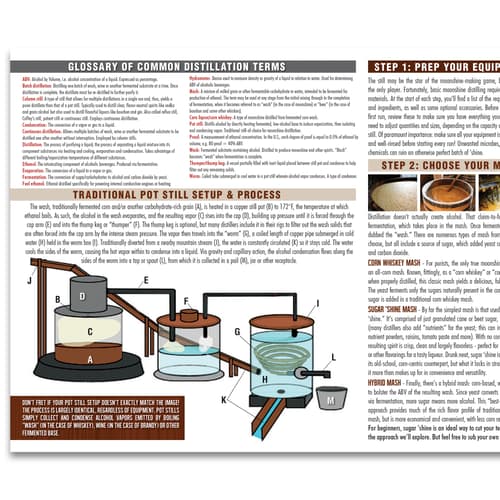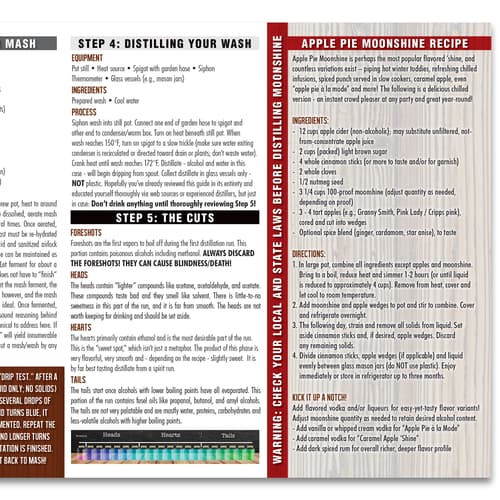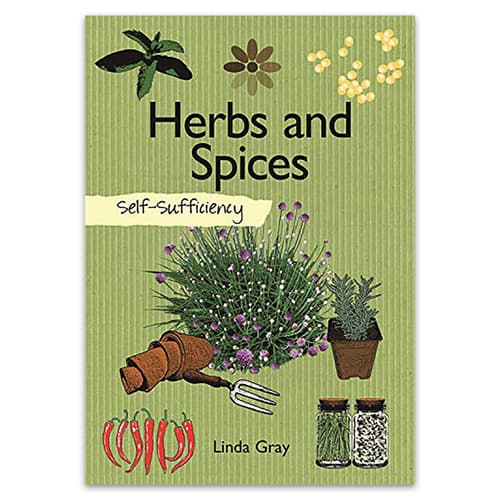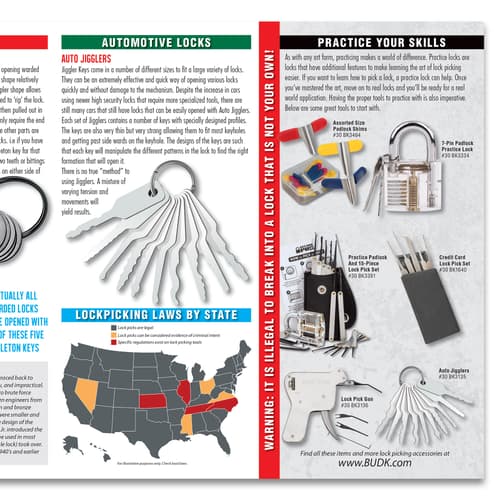Poisonous Plants
Poisonous Plants

By Adelia Ladson
While Mother Nature does provide a multitude of “wild” edible plants in her garden, always proceed with caution when foraging for them. Positive identification of plants which are safe for human consumption and use is key. If there is ever any doubt whether a plant is safe to consume or use, then leave it alone!
Non-Edible Plants
There are many plants that are either toxic or deadly so be cautious when foraging. Do not assume berries found in the wild are safe to eat, even if wildlife is eating them. If a berry is unfamiliar, do not risk eating it because the calories provided are minimal anyway. If there is any doubt as to a plant’s edibility, don’t risk it! Here are a few of the most common poisonous plants to stay away from.
 |
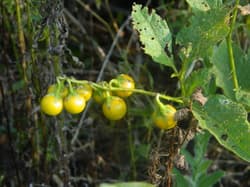 |
 |
| Chinaberry | Horse Nettle | Buckeye |
|---|---|---|
| Found on a tree, the yellow berries, even though safely eaten by birds, are extremely toxic and can cause death in 24 hours. | The toxic greenish fruit found on this subshrub looks like a cherry tomato, but the rule-of-thumb is that there are no edible wild tomatoes. | These poisonous tree nuts can be easily confused with chestnuts. The difference is that the buckeye has a dull textured husk, and a chestnut has a needle covered husk. |
 |
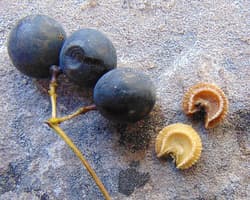 |
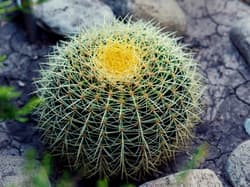 |
| Wisteria | Canadian Moonseed | Barrel Cactus |
| Even though, this flowering shrub is a bean relative, the seeds in its bean pod are filled with a toxin that has poisoned children and pets in many countries. | This wild vine produces poisonous fruit that looks exactly like wild grapes, with just a few subtle differences. Edible wild grapes will have round seeds while moonseed has a single crescent-shaped seed. It also tastes very bad. | When in the desert, do not drink from the barrel cactus, regardless of what cowboys have done in movies. It is poisonous and will cause vomiting. |
Chinaberry

Found on a tree, the yellow berries, even though safely eaten by birds, are extremely toxic and can cause death in 24 hours.
Horse Nettle

The toxic greenish fruit found on this subshrub looks like a cherry tomato, but the rule-of-thumb is that there are no edible wild tomatoes.
Buckeye
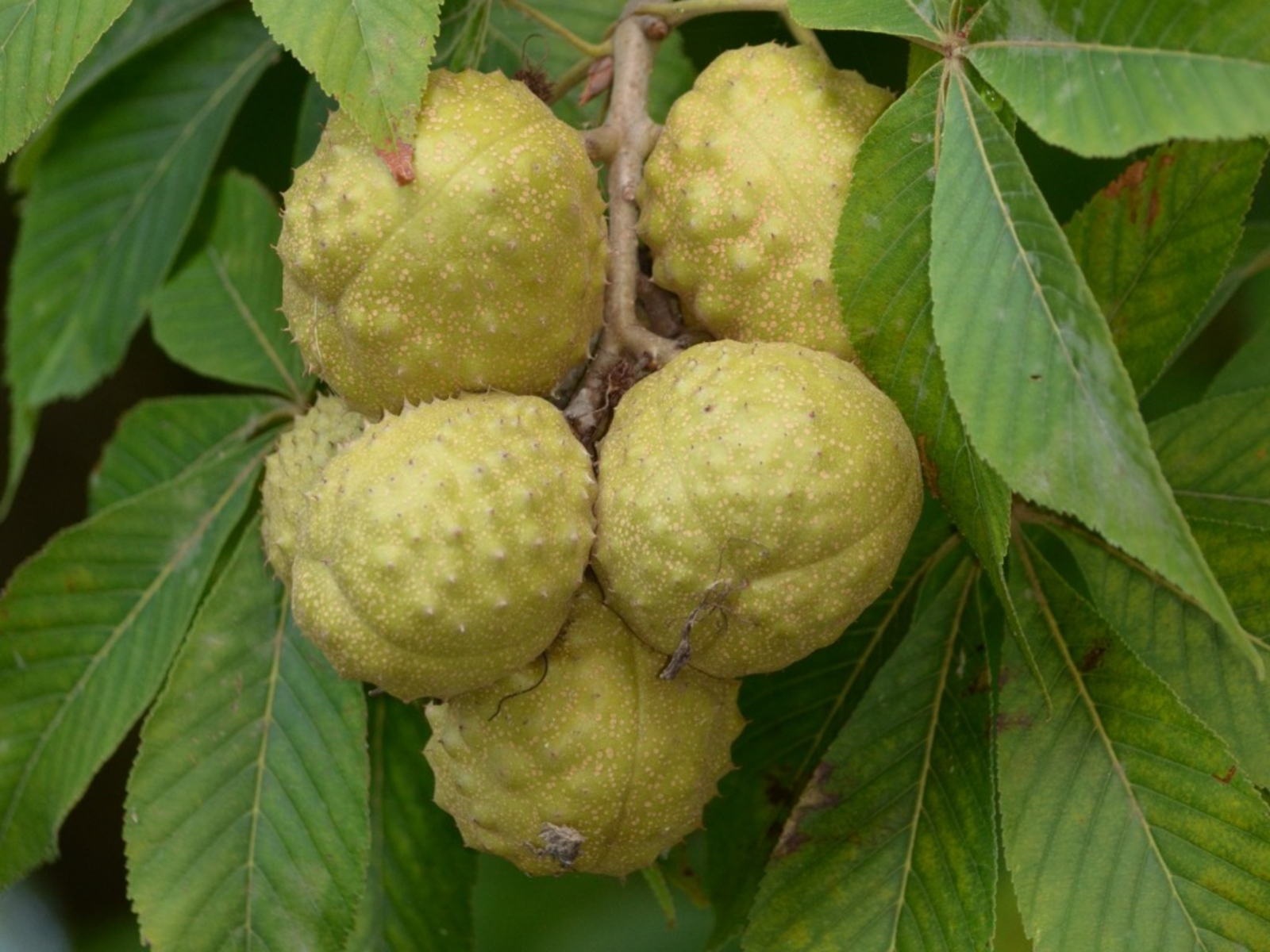
These poisonous tree nuts can be easily confused with chestnuts. The difference is that the buckeye has a dull textured husk, and a chestnut has a needle covered husk.
Wisteria

Even though, this flowering shrub is a bean relative, the seeds in its bean pod are filled with a toxin that has poisoned children and pets in many countries.
Canadian Moonseed

This wild vine produces poisonous fruit that looks exactly like wild grapes, with just a few subtle differences. Edible wild grapes will have round seeds while moonseed has a single crescent-shaped seed. It also tastes very bad.
Barrel Cactus

When in the desert, do not drink from the barrel cactus, regardless of what cowboys have done in movies. It is poisonous and will cause vomiting.
What To Do For Poisoning By Ingestion
Symptoms of plant poisoning my happen within minutes of ingestion or be delayed, based on the plant toxin and the amount that is ingested. The toxin can affect several areas of the body including the gastrointestinal, cardiac, neurologic, respiratory, dermatologic and hematologic systems. Always call Poison Control (1-800-222-1222) if you know for sure that someone has ingested a suspected poisonous plant. Don’t wait for symptoms to show-up.
If an individual is conscious, have them drink milk or water to alleviate burning and irritation of the mouth and throat. Poison Control will give you the next steps. If the individual is unconscious and unresponsive, has difficulty breathing, paralysis or starts to seize, call 911 immediately.
Non-Touchable Plants
Even slight contact, like brushing up against poison plant leaves, can cause a rash within 24 to 72 hours, which looks likes red patches or streaks of raised blisters. Also, burning poisonous plants like poison ivy, oak and sumac can be dangerous because of the risk of inhalation poisoning. Knowing by sight a few poisonous plants, before trekking through the woods or clearing brush on your property, is a way to prevent exposure to them.

Poison Ivy
Poison ivy appears as a vine or shrub with three leaves that are shiny with notched edges. The young leaves are tinged with red, and the mature leaves will change to red, orange and yellow in the fall. The small flowers are yellow or green and the female plants bear white or green fruit, which birds eat.
Poison Oak
Also, appearing as a small shrub or woody vine, poison oak is commonly confused with poison ivy. The lobed leaves may be in groups of three, five or seven. The leaves are bronze when young and turn bright, shiny green when mature. They turn red and gold in the fall. The small flowers are cream-colored and form in loose clusters and the fruit is small and pale with a fuzzy skin.
Poison Sumac
Poison sumac appears as a shrub or small tree, typically reaching about 20 feet high. It has oval leaves that grow in groups of seven to 13 with one alone at the top. The young leaves are light orange and turn a dark, glossy green as they mature. They will turn reddish-orange in the fall. Hanging in clusters, the small flowers are yellow-green, and the fruit is waxy and white.
What To Do For Poisoning Through Contact
When an individual has been exposed to poison ivy, oak or sumac, it is important that the infected area is not scratched, and it should be washed with cold water. Remove clothes that might have brushed up against poison ivy, oak or sumac and wash them in water immediately to ensure no oil from the plant is left to irritate the skin. An antihistamine can be taken to help relieve the itching.
